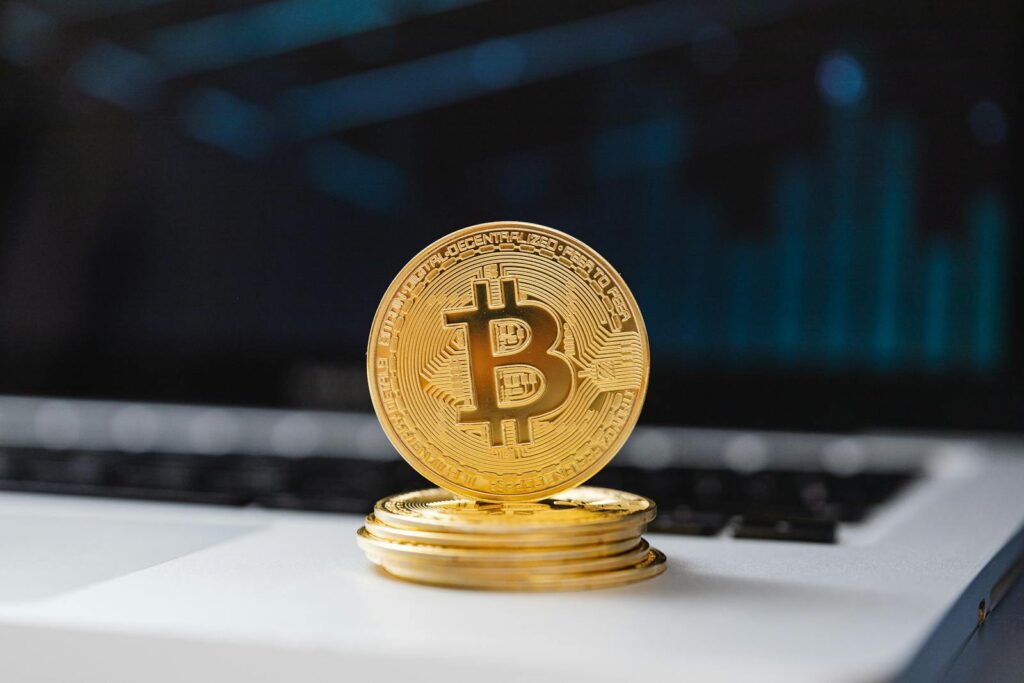Main Points:
- Geopolitical tensions in the Middle East have led to volatility in Bitcoin’s price, raising questions about its role as a safe-haven asset.
- Bitcoin’s potential as “digital gold” during crises is tested, but its current instability suggests its role as a safe asset is still debatable.
- Factors like liquidity, regulatory uncertainty, and Bitcoin’s volatile nature affect its ability to function as a secure store of value.
- Investors need to assess their risk tolerance, gather diverse information, and maintain a long-term perspective in the face of Bitcoin’s volatility.
- Bitcoin is not an all-encompassing solution, and understanding the risks involved is crucial for investors.
The Impact of Geopolitical Tension on Bitcoin: Rising or Falling Value?
Historically, Bitcoin has been viewed as a hedge against traditional financial systems, especially during times of political or economic uncertainty. Known as “digital gold,” it often draws attention when conventional currencies are threatened by inflation, devaluation, or instability.
The current conflict in the Middle East has sparked a renewed interest in Bitcoin as a safe-haven asset. During such crises, assets that aren’t tied to government monetary policies tend to attract investors seeking to safeguard their wealth. However, Bitcoin’s performance in this scenario has been erratic, oscillating between gains and losses as the situation unfolds.
Unlike precious metals, Bitcoin is still susceptible to market immaturity and external shocks, resulting in its price fluctuations. The cryptocurrency market remains highly responsive to global events, making its value more unstable compared to established safe-haven assets like gold.
Is Bitcoin Truly a Safe-Haven Asset?
The argument for Bitcoin as a safe-haven asset largely depends on three main factors: price stability, liquidity, and regulatory environment.
- Price Stability: Bitcoin’s price swings are significantly more pronounced compared to traditional assets. Despite being decentralized and shielded from central bank policies, Bitcoin can experience massive price drops or spikes in a short period. This volatility limits its reliability as a stable refuge during crises.
- Liquidity: Bitcoin’s liquidity, though improving over time, is still below that of major currencies or gold. Large-scale sell-offs can lead to sudden price drops, making it difficult for investors to exit positions without losses during high-pressure market conditions.
- Regulatory Uncertainty: Governments worldwide are increasingly focusing on the regulation of cryptocurrencies. In times of political instability, regulatory shifts can add further unpredictability to Bitcoin’s price. For instance, governments may impose new laws or restrictions that could directly impact Bitcoin’s liquidity or acceptance as a legal asset class.
Considering these factors, it’s clear that Bitcoin’s status as a safe-haven asset is still evolving. Its decentralized nature and potential as a hedge against traditional systems are attractive, but investors must weigh its limitations carefully.

Predicting Bitcoin’s Investment Future
Despite the volatility, Bitcoin continues to captivate investors due to its high potential returns and its role as a disruptive force in global finance. Yet, the risks associated with Bitcoin investment remain high. Investors must be cautious and prepared for both its upside and downside potential.
Here are some key strategies for navigating Bitcoin investments in uncertain times:
- Diversified Information Gathering: Relying on multiple sources of information is critical. Investors should track expert opinions, global news, and financial reports to make informed decisions.
- Assessing Risk Tolerance: Bitcoin’s unpredictable nature requires investors to clearly define their risk tolerance. The amount invested should be proportional to their comfort with risk, as sharp declines in value are always a possibility.
- Long-Term Perspective: Short-term price fluctuations can be nerve-wracking, but maintaining a long-term outlook can help investors weather volatility. Those who believe in Bitcoin’s fundamental value should focus on long-term gains rather than reacting to immediate market shifts.
Bitcoin’s journey as an asset class is still in its early stages. While it has shown remarkable growth, the challenges posed by regulatory uncertainty, market immaturity, and external shocks continue to shape its trajectory.
Bitcoin Is Not a Cure-All Solution
Bitcoin has proven to be an innovative and potentially lucrative investment opportunity. However, it is far from a perfect solution, especially in times of crisis. Its volatility, liquidity concerns, and the looming possibility of regulatory crackdowns all contribute to its risk profile.
Investors should approach Bitcoin with caution, fully understanding its limitations while also recognizing its potential. In the end, Bitcoin’s future as a safe-haven asset will depend on its ability to mature into a more stable and widely accepted financial instrument.


